Imagine a rock that holds the whispers of Earth’s ancient dramas – earthquakes, volcanic eruptions, and the slow, powerful grind of tectonic plates. That’s metaconglomerate, a geological puzzle frozen in time. This article delves into the fascinating world of metaconglomerate, exploring its formation, identification, and the valuable insights it offers into our planet’s dynamic history.
What is Metaconglomerate?
Metaconglomerate is a metamorphic rock born from the transformation of conglomerate, a sedimentary rock composed of rounded pebbles and gravel cemented together. This transformation, known as metamorphism, occurs deep within the Earth under intense heat and pressure. Like a sculptor reshaping clay, these forces mold the original conglomerate, altering its texture and composition while retaining traces of its past.
[Mitosis] is the process of nuclear division, which occurs during cell reproduction. If you are a science lover and want to have a clear understanding of the process of mitosis, then have a look at the mitosis flip book.
Identifying Metaconglomerate: A Geological Detective Story
Identifying metaconglomerate requires a keen eye for subtle clues. The most obvious sign is the presence of deformed pebbles. Unlike the rounded pebbles in conglomerate, those in metaconglomerate may appear stretched, flattened, or folded, bearing witness to the immense pressures they endured. The matrix, the material binding the pebbles, also offers clues. In conglomerate, the matrix is relatively soft and grainy. However, in metaconglomerate, the matrix is harder, often crystalline, reflecting recrystallization under high temperature and pressure.
The Significance of Metaconglomerate: A Window into Earth’s Past
Metaconglomerates are more than just geological curiosities; they are time capsules preserving evidence of Earth’s dynamic processes. They provide valuable insights into:
- Tectonic Activity: The degree and direction of pebble deformation in metaconglomerate can reveal the intensity and orientation of past tectonic stresses, offering clues about ancient mountain-building events, fault movements, and continental collisions.
- Metamorphic Conditions: The recrystallized matrix and the presence of specific minerals, known as index minerals, offer insights into the temperature and pressure conditions during metamorphism, aiding in reconstructing the metamorphic history of a region.
- Original Environment: The composition of the original conglomerate’s clasts (pebbles, cobbles, boulders) can shed light on the source rocks and the environment in which the conglomerate was initially deposited. This helps us understand past sedimentary environments and the geological history of an area.
Metaconglomerate vs. Conglomerate: Spotting the Difference
Distinguishing between conglomerate and metaconglomerate involves observing key differences in clast shape, matrix texture, and the rock’s overall structure:
| Feature | Conglomerate | Metaconglomerate |
|---|---|---|
| Clasts | Rounded to sub-rounded | Deformed (stretched, flattened, or folded) |
| Matrix | Unmetamorphosed cementing material | Recrystallized, often with new mineral growth |
| Texture | Clastic, poorly sorted | Foliated or non-foliated, depending on the degree of metamorphism |
| Formation | Sedimentary processes | Metamorphism of pre-existing conglomerate |
| Scientific Use | Study of sedimentary environments | Study of metamorphic and tectonic history |
The “break test” can also be helpful. Conglomerate tends to fracture around the clasts, following the weaker matrix. Metaconglomerate, with its stronger, recrystallized matrix, typically fractures through the clasts.
Is Metaconglomerate High Grade?
The metamorphic grade of a metaconglomerate, referring to the intensity of metamorphism it experienced, isn’t fixed. It depends on the temperature and pressure conditions during its formation. High-grade metaconglomerates show evidence of intense metamorphism:
- Significant Clast Deformation: The clasts are highly flattened or elongated, sometimes to the point of being barely recognizable.
- High-Grade Index Minerals: The presence of index minerals like garnet, staurolite, kyanite, and sillimanite indicates high-temperature and/or high-pressure conditions.
- Foliation: The parallel alignment of platy minerals, known as foliation, can develop in high-grade metaconglomerates.
[The mellophone] is a brass instrument that is often used in marching bands. If you want to be a pro in playing the mellophone, then you might want to master the fingerings. Here is a mellophone fingering chart that you can use to learn the fingerings of various musical notes on a mellophone.
What is Metaconglomerate Used For?
Unlike some rocks used in construction or industry, metaconglomerate’s value primarily lies in its scientific significance. It’s a crucial tool for geologists studying Earth’s history and processes. It’s not typically quarried for practical applications.
Types and Composition
Metaconglomerates are categorized based on their clast composition:
- Polymict: Contains a variety of different clast types. Examples include the “Marinace Red Granite” and “Marinace Green Granite” from Brazil, both Precambrian-aged polymict metaconglomerates. The green variant has an epidote-rich matrix, highlighting the influence of metamorphism on mineral composition.
- Oligomict: Contains predominantly one type of clast.
Ongoing Research and Future Directions
Our understanding of metaconglomerates is constantly evolving. Researchers are exploring:
- Precise Metamorphic Mechanisms: The exact mechanisms that govern clast deformation and matrix recrystallization during metamorphism are still being investigated.
- Role of Fluids: Some geologists are studying the role of fluids in metamorphism, analyzing the chemical composition of metaconglomerates to understand the fluids present during their transformation.
- Sophisticated Modeling: Researchers are using advanced techniques to model the stresses and strains experienced by metaconglomerates, allowing for a more detailed understanding of the forces that shaped them.
Conclusion
Metaconglomerate, a testament to Earth’s powerful metamorphic processes, offers a unique window into our planet’s dynamic past. By studying its deformed clasts, recrystallized matrix, and mineral assemblages, geologists can unravel the stories of ancient tectonic events, metamorphic histories, and past environments. As research continues, our understanding of these fascinating rocks and the processes that shape them will undoubtedly deepen, revealing further insights into the complex evolution of Earth’s crust.
Recommended Titles (Need Competitor Titles to Complete This)
Please provide competitor titles so I can suggest three titles based on trending keywords.
Powerful Key Lines:
- Metaconglomerate: A metamorphosed conglomerate, distinguished by deformed clasts and a recrystallized matrix, offering clues to past tectonic and metamorphic events.
- Identifying metaconglomerate: Look for stretched or flattened pebbles within a hardened, often crystalline matrix, indicating its metamorphic origin.
- Metaconglomerate’s scientific importance lies in its ability to reveal geological history, including past tectonic stresses, metamorphic conditions, and depositional environments.
- While lacking direct practical uses, metaconglomerate serves as an invaluable tool for geologists deciphering Earth’s complex past.
- Unlock Elemental 2 Secrets: Actionable Insights Now - April 2, 2025
- Lot’s Wife’s Name: Unveiling the Mystery of Sodom’s Fall - April 2, 2025
- Photocell Sensors: A Complete Guide for Selection and Implementation - April 2, 2025
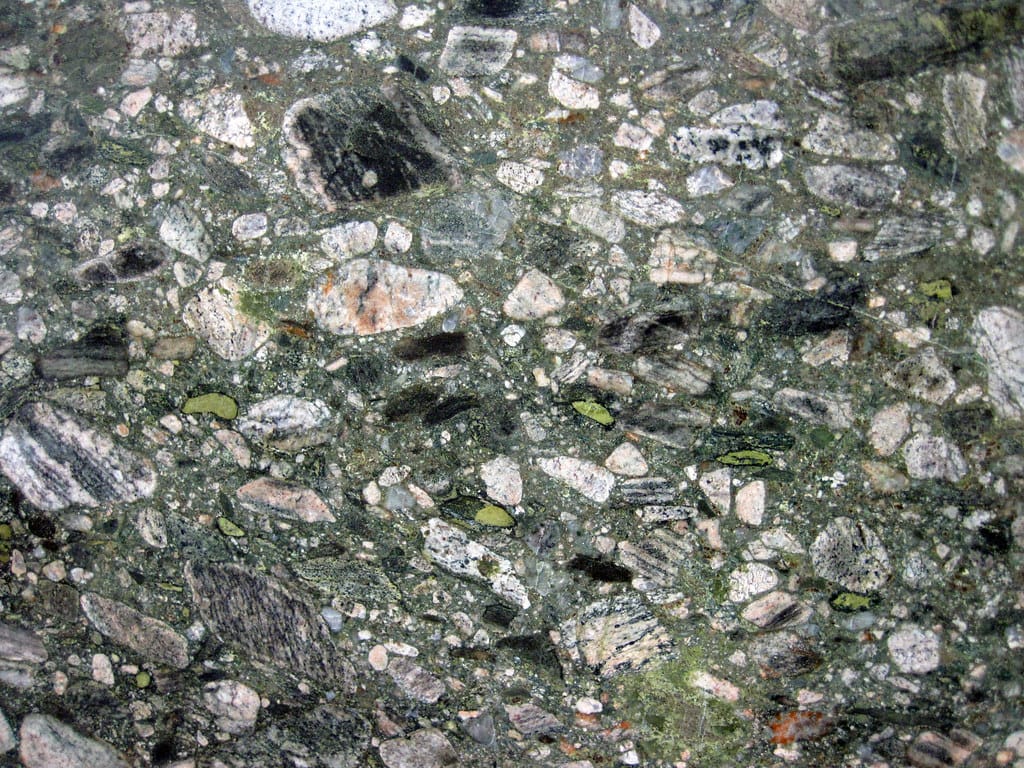
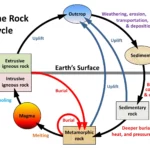
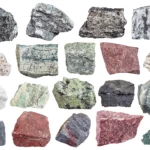

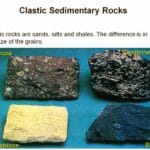

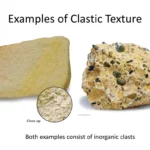










2 thoughts on “Metaconglomerate: Understanding Metamorphosed Conglomerate and its Geological Significance”
Comments are closed.